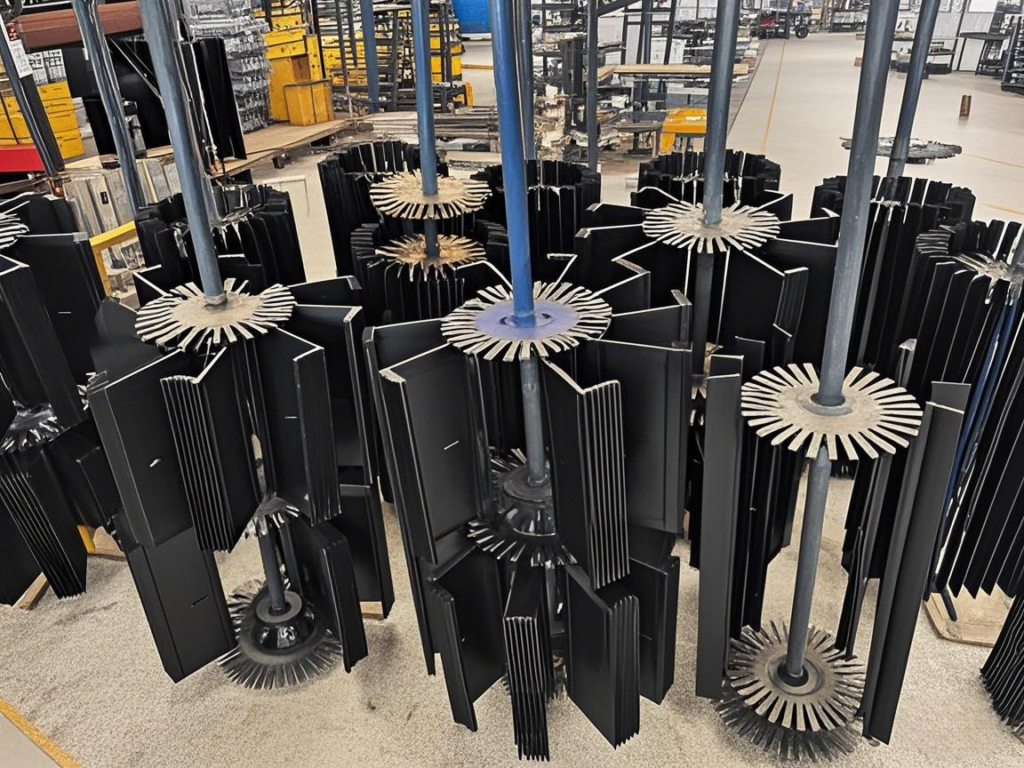Anodizing is an electrochemical process that forms an oxide layer on metal surfaces, primarily used for aluminum alloys. This technique enhances corrosion resistance, wear resistance, and enables vibrant coloration. Below are the reasons behind its diverse color applications:
1. Porous Structure of the Anodized Layer
During anodizing, a porous oxide layer forms on aluminum alloys. These microscopic pores absorb dyes, enabling a wide spectrum of colors.
2. Dyeing Process for Aluminum
Post-anodizing dyeing involves immersing the metal in organic or inorganic dye solutions. The dyes penetrate the pores, creating durable, vivid hues.
3. Electrolytic Coloring
Metal ions (e.g., nickel, tin, copper) are deposited into the oxide layer’s pores via electrolysis. The final color depends on the ion type and process parameters.
4. Interference Effects
Controlling the oxide layer’s thickness generates structural colors through light interference. For example, gold, blue, and green tones can be achieved without dyes.
5. Natural Tones
Certain aluminum alloys develop inherent colors during anodizing. Titanium alloys, for instance, produce iridescent finishes, while copper alloys yield bronze tones.
6. Multi-Layer Techniques
Repeated anodizing and dyeing create complex color gradients or patterns through layered oxide structures.
7. Sealing Treatment
Post-dye sealing (via hot water or cold methods) locks in colors and enhances the oxide layer’s durability.
Applications
- Architectural Design: Window frames, facades, furniture, and kitchenware.
- Electronics: Smartphones, laptops, drones, servers, and heat sinks.
- Automotive Industry: Battery casings, decorative trims, and lighting components.
- Household Items: Cookware and lighting fixtures.
Summary
Anodizing leverages porous structures, dye absorption, electrolytic deposition, and optical effects to achieve diverse coloration for aluminum alloys, making it indispensable in industrial and consumer applications.


